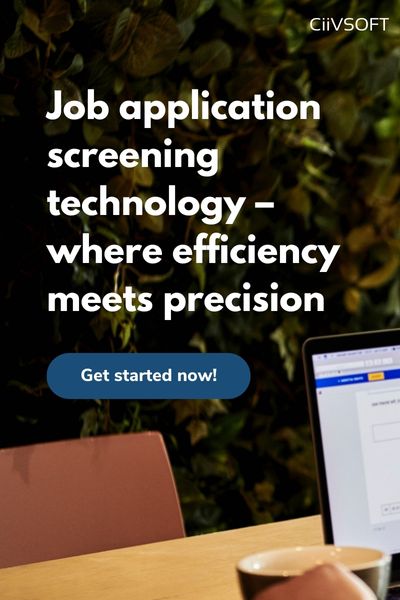Bias in the recruitment process will hinder the ability to build a strong and inclusive workforce. As a result of this, employers will miss out on hiring top talent because of misguided judgement.
Different human emotions and unconscious motives affect the final hiring decision. An outcome that can be incredibly damaging to diversity and unfair to the candidates who miss out on job opportunities because of reasons out of their control.
There is an alarming level of discrimination against job seekers from minority ethnic backgrounds. A recent study found that candidates from a minority ethnic background had to send 60% more job applications to receive the same level of interest as those from majority groups.
Employers have a responsibility to eliminate bias and treat all job applicants equally and fairly. Follow these five steps to safeguard against bias in the recruitment process and create an inclusive hiring strategy.
Prevent bias in the recruiting process

Step 1
The job advert
Organisations have to first become aware of potential places bias can occur. The job advert is usually a good starting point. As the first point of contact, it is vital the ad uses inclusive language to encourage applications from all qualified candidates. This means eliminating:
Gender bias – Make your job advert gender-inclusive and remove masculine or feminine associated terms. Research shows that 60% of businesses show male bias in the wording of their job adverts. By including keywords such as combat, lead and independent.
Age discrimination – Ageism can occur when new job vacancies specify an exact length of experience. In a job advert avoid quoting numbers with an endpoint, such as, ‘2-4 years’. It can deter away older applicants with additional years worth of experience. It is much more inclusive to simply state 2+ years or state no timescale at all.
Diversity – Emphasise your commitment to diversity. A statement within the ad reassures job seekers that you are an equal opportunities employer and the actions you take to achieve this. Remember to also include a different route to application. Consider those who may not be able to apply via an online link and provide an offline method.
Step 2
Recruitment technology
Humans are prone to unconscious bias motives that affect their decision to hire. An unexplainable inclination or feeling to favour one candidate over another makes it difficult to safeguard against bias – because often it goes unknown to the hiring manager.
This is why many employers opt to use resume screening technology in their hiring process, to review all job applicants fairly and consistently, under the exact same circumstances. This type of technology eliminates unconscious bias and will only consider factors related to the job role, such as skills and experience to determine the candidate and job match.
Step 3
Structured job interview
Traditionally, interviews rely on human interpretation in response to candidate answers. How well perceived were they? Did they create an overall good impression? These decisions are sometimes hard to justify or even quantify when analysing interview performance – which makes it extremely difficult to remove bias.
Solution? Structured job interviews. This approach minimises the risk of bias because each interviewee is asked the same questions in the exact same order. Something that will produce a standardised interview process to make it easier to measure and compare candidate answers. It is also possible to devise a scoring system and tally up points to see how well candidates perform.
Step 4
Make data-backed decisions
Use data to effectively support hiring decisions. Recruiting technology will produce different statistical results that act as an indicator of who will make a good hire. For example, screening technology will produce results that show candidates of best fit. It’s then up to you to decide who will advance to the next hiring stage based on the data you are presented with.
This creates an unbiased motive. Data allows you to justify hiring decisions fairly and will make it difficult to ignore candidates who ranked highly in their interview or the screening process because of the evidence presented that suggests they’ll make a good fit.
Step 5
Refocus reason to hire
Your hiring team plays an integral part in establishing a bias-free recruitment strategy. In order to achieve this, current employees must reflect and share company values, particularly those responsible for hiring.
It’s important to refrain from emotive reasons to hire. This will compromise diversity and increase decisions influenced by unconscious bias. For example, affinity bias in recruitment occurs when a hiring manager favours a candidate because they share similar qualities. They make an instant presumption that this candidate will fit in and be easy to work with based on familiarity. However, the risks in doing so are damaging, hiring managers to lose sight of what is important (eg skills, ability and experience) and instead hire based on a ‘gut feeling’. Something that could build a team of ‘mini-mes’ and sacrifice losing high-quality talent because of this.








